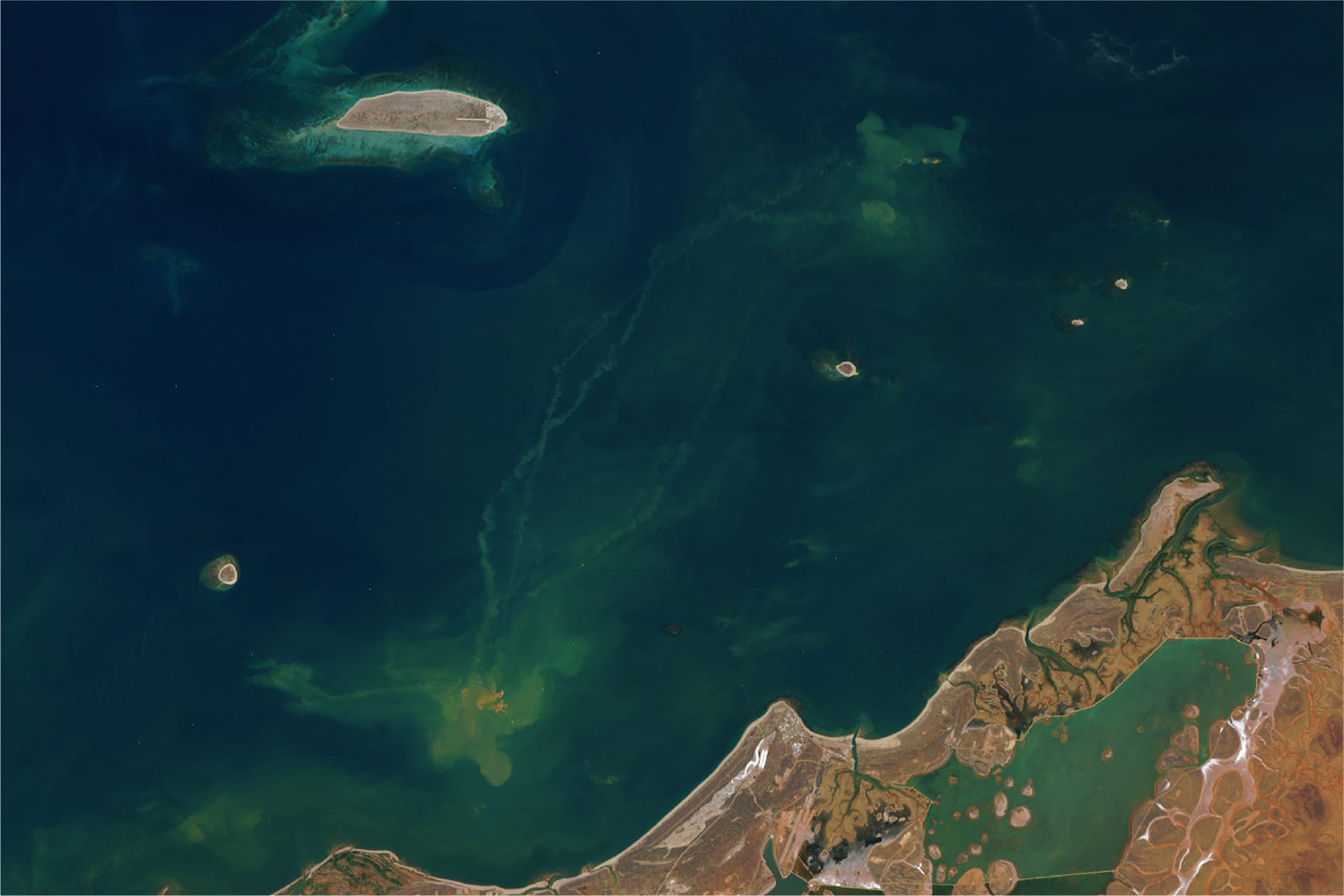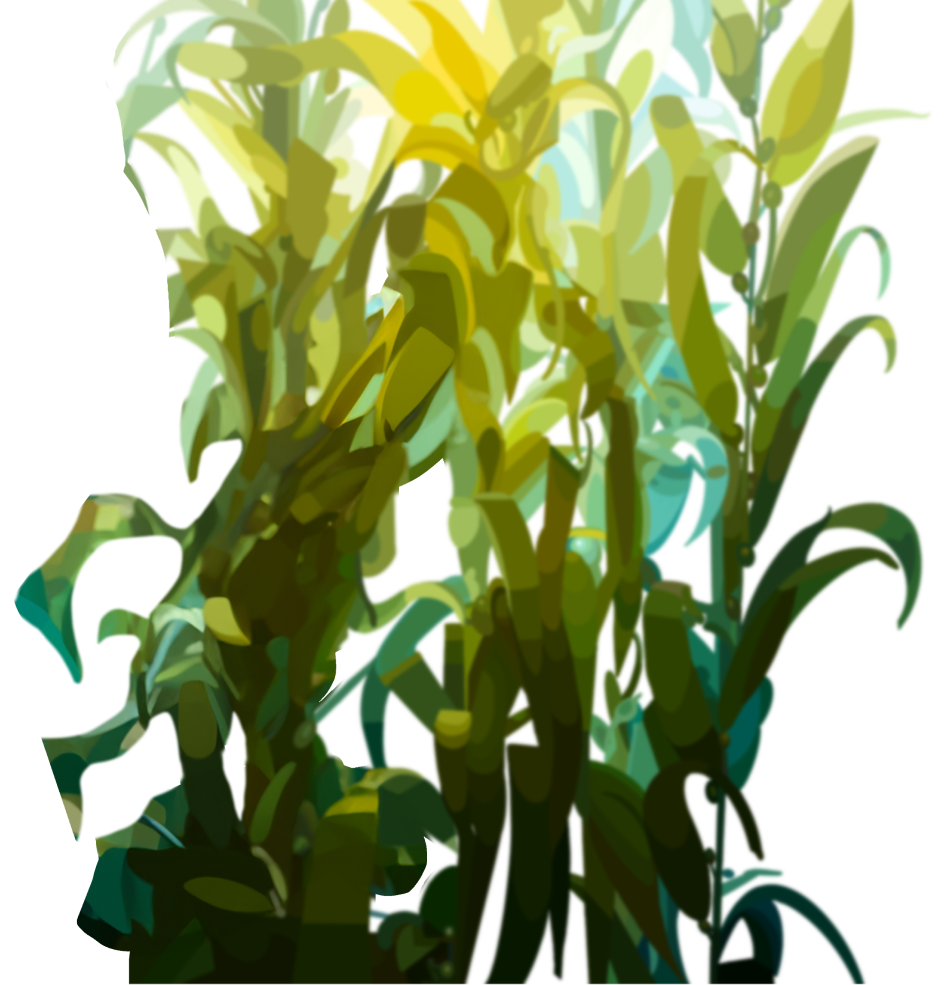

5.4 Seagrass Recovery Mechanisms
About the theme
The objective of this project was to examine the capacity, duration and mechanisms of recovery of seagrass from a severe localised disturbance, and in particular, whether seagrass recovery is by vegetative regrowth from rhizome extension (i.e. asexual) or via recruitment from seeds (i.e. sexual). To address this, a long-term, field- based, manipulative, seagrass clearance and recovery experiment was conducted at Thevenard Island. Understanding which of these mechanisms dominates at a particular location is important for predicting the potential for seagrass recovery following loss or reduction in abundance due to anthropogenic disturbance, such as from dredging-related pressures.
Aims
- To determine whether seagrasses in the northwest of Western Australia can recover following disturbance, the length of time needed for recovery and the likely mechanism.
- Given the apparent variability in dependence on sexual and vegetative mechanisms of recovery (see above), attempt to distinguish between asexual recovery (via rhizome elongation from existing plants) and sexual recovery (from seeds) in seagrass meadows.




Our Mailing List
